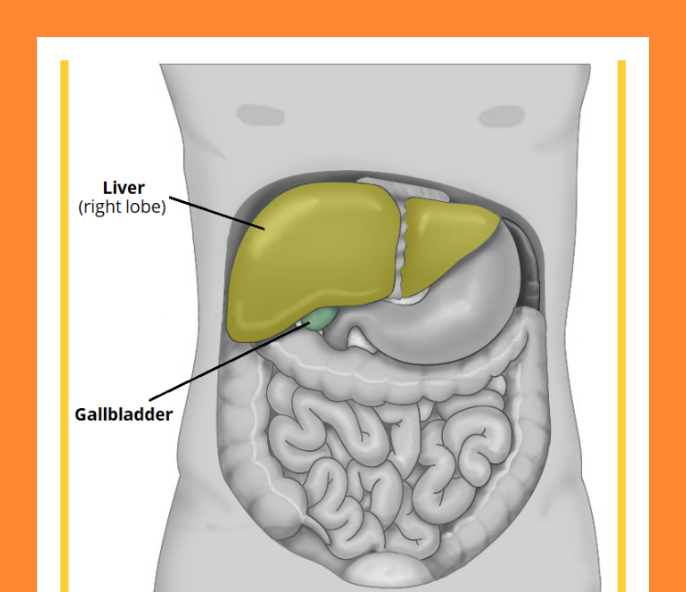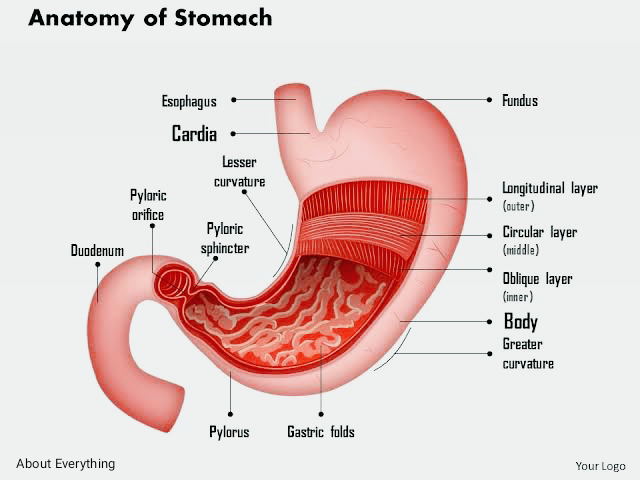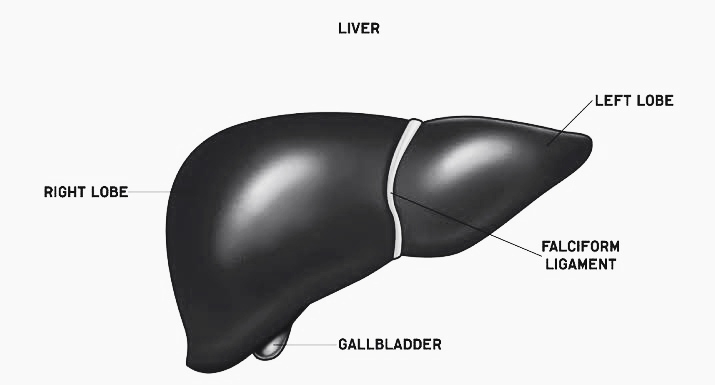Heart

Heart . The heart is a crucial organ that is crucial to the body's circulatory system. It is in charge of transporting waste materials out of the body and pumping blood throughout the body, which contains nutrients and oxygen. In the centre of the chest, just slightly to the left, is where the heart is situated. The heart's main characteristics are as follows: Structure : The muscular heart is an organ that is about the size of a fist. Two atria (left and right) and two ventricles (left and right) make up its four chambers. Blood is drawn into the atria while being pumped out of the heart by the ventricles. Blood Flow : The heart is supplied with oxygenated blood through an intricate web of blood arteries, which removes deoxygenated blood. The tricuspid valve separates the right atrium from the right ventricle as blood enters the heart through the superior and inferior vena cava, enters the right atrium, and then is pushed into the lungs via the pulmonary artery. Th





